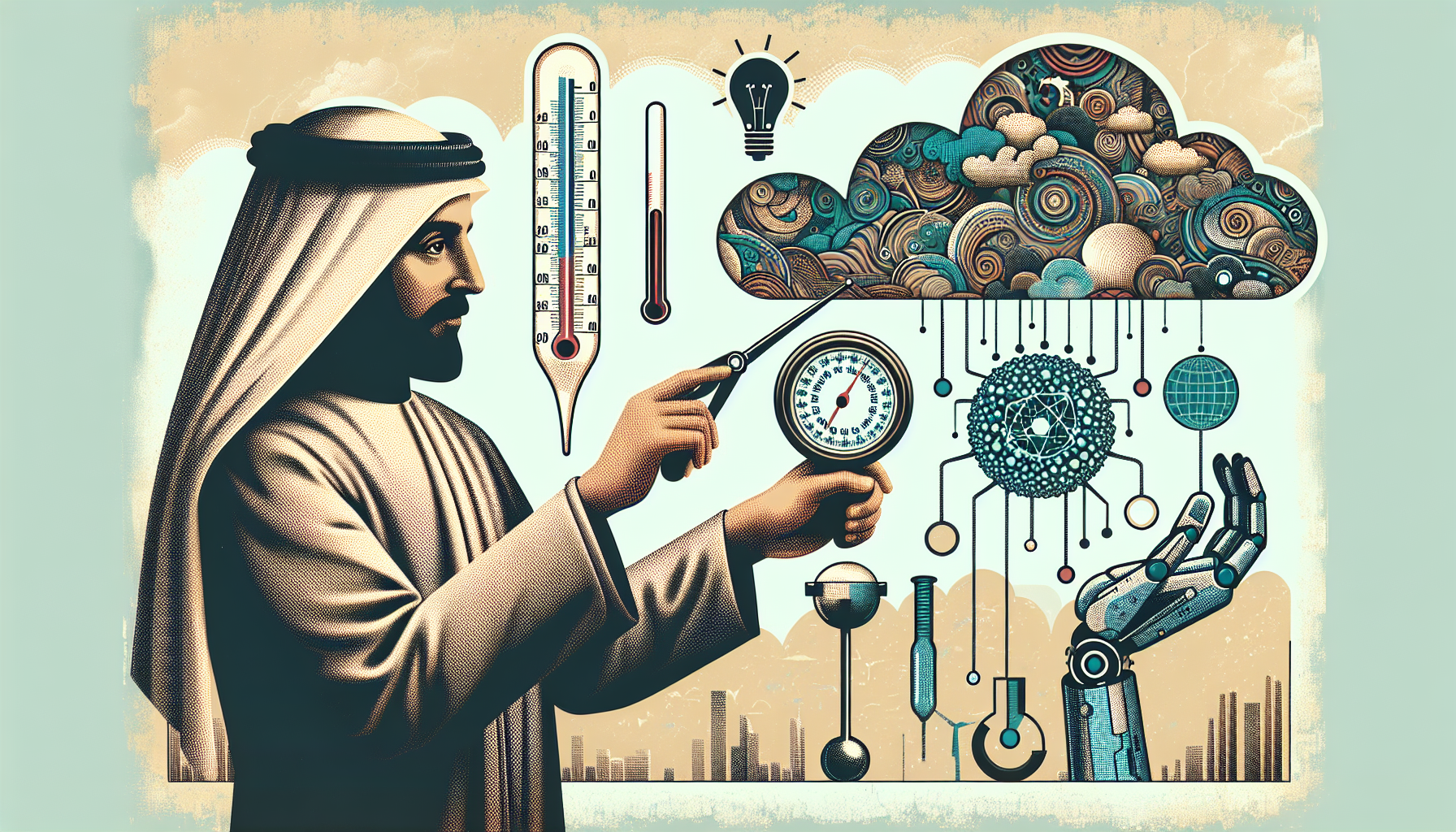The way we understand and predict weather is changing rapidly with the integration of machine learning (ML) and artificial intelligence (AI). These technologies are reshaping meteorology, blending the rigor of traditional physical models with the adaptive prowess of AI.
Hybrid Dynamic-ML Approaches
At the forefront of this transformation is the hybrid dynamic-ML approach, a method that merges dynamical atmospheric models with ML components. Researchers at the Environmental Change Institute (ECI) spotlight this innovation for its potential to substantially boost both weather forecasting and climate prediction. By combining the intricate equations of conventional general circulation models with the pattern-recognition capabilities of ML, these hybrid models adeptly address both long-term atmospheric shifts and short-term, localized weather events.
Google’s NeuralGCM Model
An innovation that epitomizes this approach is Google’s NeuralGCM model, which effectively bridges the gap between traditional physics models and modern ML techniques. Traditional models boast accuracy but are slow and demand heavy computing; meanwhile, ML models are swift and efficient yet often falter with long-term forecasts. NeuralGCM harmonizes these methods, employing traditional models for macro atmospheric changes while using AI selectively to rectify smaller-scale issues like cloud formations and microclimates. This balance generates forecasts that match the precision of those from the European Centre for Medium-Range Weather Forecasts (ECMWF) but with reduced computational demands.
The Role of Artificial Intelligence in Weather Prediction
AI, chiefly through ML, has become a transformative force in meteorology. AI models can sift through enormous datasets and spot complex patterns that humans might miss. Techniques like neural networks and deep learning excel at analyzing numerous data layers, making them ideal for the intricate job of weather prediction. By revealing subtle correlations in data, these models improve the accuracy and reliability of forecasts, which is crucial for sectors like agriculture, aviation, and disaster management.
Deep Learning and Analog Forecasting
Deep learning algorithms are also being used in analog weather forecasting, relying on past weather to predict future conditions. Researchers at Penn State have developed a deep learning algorithm inspired by Google’s FaceNet to enhance analog forecasting. By converting weather variables into a latent space, this technique clusters patterns to choose the most accurate forecasts and analogs. This approach surpasses the computational limits of traditional analog ensemble forecasting, allowing for more accurate and timely predictions.
Benefits and Challenges
The meld of AI into weather prediction offers numerous benefits: improved accuracy, quicker processing, and the ability to manage vast datasets. AI-powered forecasts can deliver near-instant updates, crucial for anticipating sudden weather shifts and extreme events. However, challenges remain, such as ensuring these models genuinely reflect atmospheric physics rather than simply minimizing errors. Ongoing research seeks to ensure these models capture the true dynamics of air movement and disturbance propagation rather than just recognizing patterns in the data.
Future Outlook
The outlook for weather prediction is promising as hybrid dynamic-ML models continue to evolve. These models are anticipated to become more precise and efficient, equipping meteorologists with superior tools and benefiting industries reliant on weather forecasts. The combination of traditional physics-based models and AI techniques is set to redefine weather forecasting, enabling more precise, timely, and trustworthy predictions that enhance preparedness and responses to weather-related events.

Leave a Reply